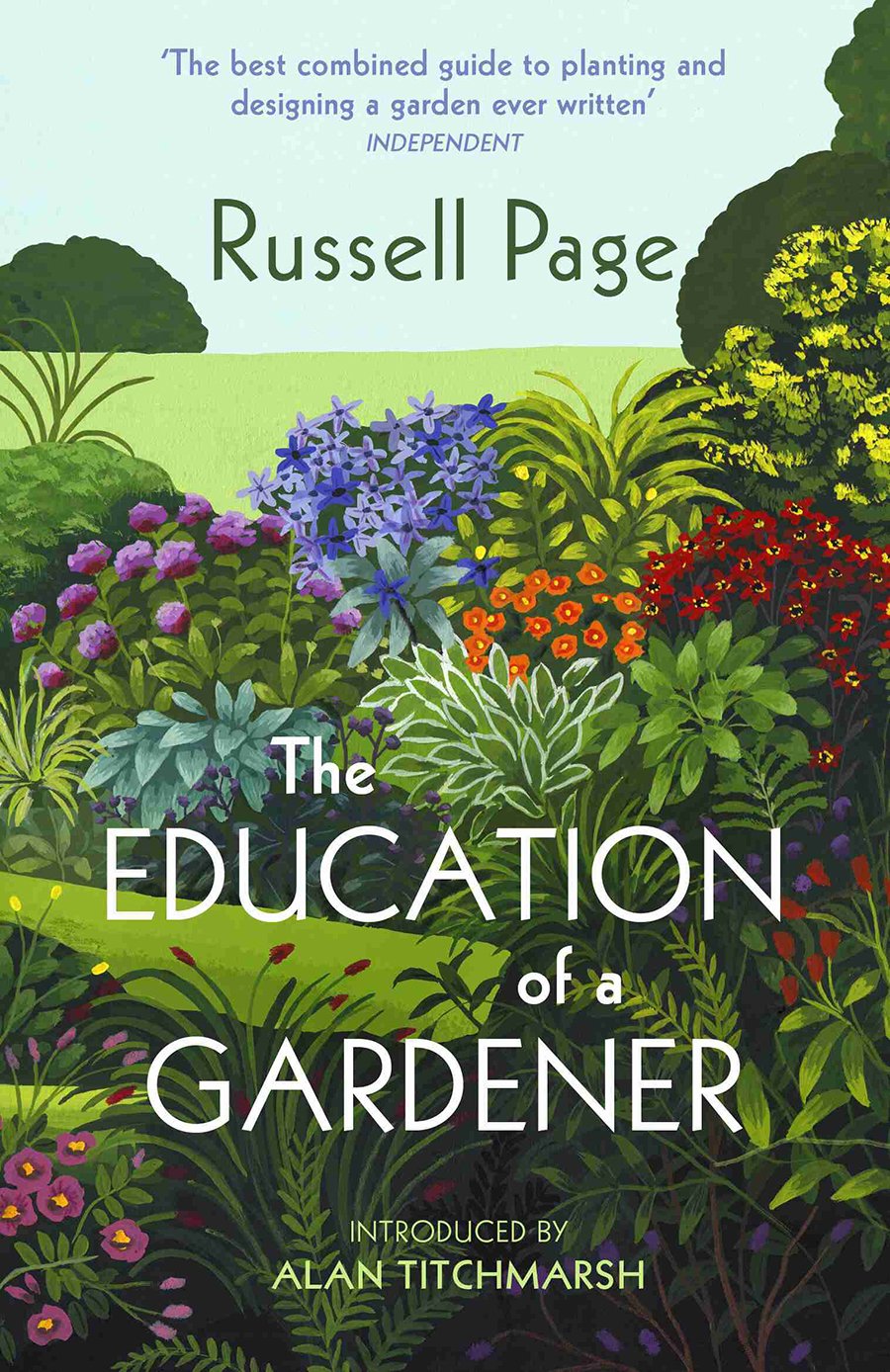GET GROWING!
WOULD RUSSELL APPROVE?
Many gardening books present dreamscapes filled cover to cover with images of lush blooms in gorgeous colours that make me wish my garden would look like that when it grows up.
By LADYBUG
We garden and we learn. We pick up tips from garden buddies and from books like The Education of a Gardener by Russell Page.
These books also allow us to walk with the author through their gardens, thrilling to the first tender shoots as they make an appearance or sighing with despair as we spot an aphid-devoured rose.
Many gardening books present dreamscapes filled cover to cover with images of lush blooms in gorgeous colours that make me wish my garden would look like that when it grows up.
The Education of a Gardener, first published in 1962, is not one of those. It is all dense text and grainy black and white images, and just a few of those, at that. But oh, what an absolute treasure the book is.
On his passing in 1985, The Times wrote: “In a world in which the gifted amateur is no longer the guiding light in the design of gardens, and in which highly qualified professionals prevail, Russell Page stood out as one of those great originals, for which England has been famous.”
The introduction to this edition gives an idea of the man he was, someone who was content to describe himself “quite simply as a gardener”.
His schemes may have been grand and, when occasion demanded, grandiose – he worked for those whose pockets were deep and whose estates were large – but their creator steadfastly cherished the modest yet accurate appellation he used in the title of this book.
This is a man who is sharing his knowledge not to educate others so much as to describe the lessons learned from his own adventures in the garden.
I laugh out loud on reading that his pleasure at finding water in the garden – pond or stream – has led to the wildest errors. Because, as he says, just seeing water conjures dreams of iris and primula, willows and water lilies... “Too much enthusiasm of this kind and you may quite likely damage your garden composition irretrievably.”
Magnolias he writes, are seen at their best against a dark background of firs or juniper and I think of my magnolia which serendipitously – due to no planning on my part – looks aglow on a cloudy spring day against the pines behind it.
There’s gentle wisdom in his words: “It happens frequently that the apparent defects of a site can be turned to the gardener’s advantage. For instance a soil that is all sand or all clay, too acid or too limy will, if you accept its limitations, force upon you a coherent and simplified planting. The trees that you plant to hide an unsightly building may grow to become the most agreeable feature of your garden. A mound in the wrong place that you cannot afford to move or a hollow you cannot fill can be handled as charming and unexpected incidents which will add rather than detract from a formal or symmetrical scheme.”
And this, on how he learned to plan the colours and textures in his gardens to draw in visitors and offer them a sensory treat.
“Finally, I saw that I must mix my flower colours, plant in wide pools and drifts, let pale pinks overlap into clear lemon yellow, interplant orange and red-purple...”
The colour combinations in my garden used to drive my gardening buddy Linda to exasperation.
“Pinks with whites, not yellows,” she’d exclaim. “Just where do you get your ideas from?”
“From Kanjeevaram silks!” I’d respond, in a futile attempt to distract her.
Now I think I’d have been better served had I said, “But Russell might approve!”
The Education of a Gardener by Russell Page is published by Vintage Classics, $31.99.


